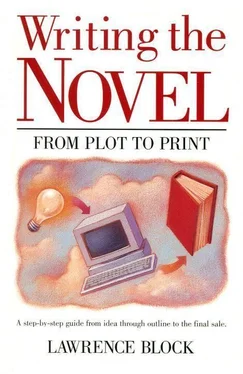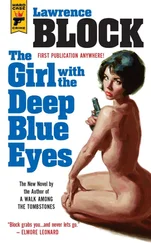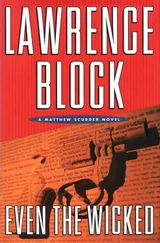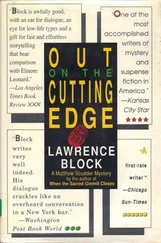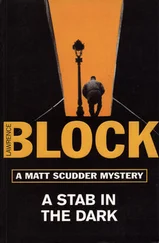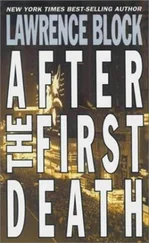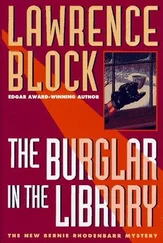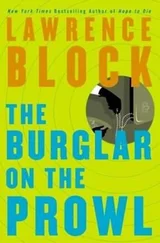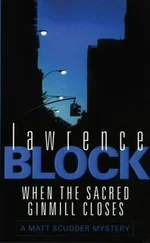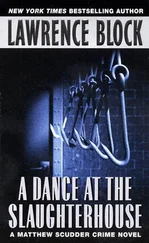So you won’t have to read so many novels. Eight or ten or a dozen should give you a sufficient reading background for your own first attempt. But you’ll have to read them far more exhaustively than the beginning short-story writer has to read examples in his field. It’s not enough simply to read these books. You’ll have to take them apart and see what makes them work.
How do you go about that?
Well, let’s say you’ve decided to take aim at the gothic novel. Chances are you’ve read more than a few of them in reaching this decision, but maybe not; perhaps you read one and knew in a flash it was your kind of thing. Whatever the case, you’ll want to have half a dozen books on hand in order to launch this project of analyzing the gothic novel. You may elect to use your favorites among the books you’ve already read or make a trip to the newsstand for some new material. I’d suggest that you pick books by six different writers, choosing a mixture of established names in the field and neophytes, but that’s not necessary. I’ve heard tell of a writer, for example, who sat down and pored over the gothic novels of Dorothy Daniels as if they were holy writ. Then he turned out a book that was described by the editor who bought it as an absolutely perfect example of second-rate Dorothy Daniels. Second-rate Dorothy Daniels is still good enough to sell, and sell it did.
I wouldn’t recommend so limited an approach. While it may not be the worst way in the world to break into print, it can’t do much to bring out the writer within oneself. What we’re trying to achieve by this market analysis is not slavish imitation but synthesis. By digesting a genre and absorbing its parameters into one’s system, one prepares oneself to write one’s own books within the particular confines of that genre.
That’s theoretical. Let’s get down to practical matters. Having bought a half-dozen suitable gothics, what do I do?
Read them, for openers. Read them one after the other, without reading anything else in between. And don’t rush this reading process. Forget any speedreading courses you may have taken. If you’ve gotten in the habit of skimming, break it. Slow yourself down. You want to find out more than what happens and who’s the bad guy and whether or not the girl gets to keep the house at the end. You want to find out what the author’s doing and how he’s doing it, and you can only manage that feat by spending plenty of time with the book.
Reading slowly and deliberately is something that’s come on me over the years, and I can relate it directly to my own development as a writer. Before I got into this business, and during my early years in it, I raced through books. The more I have come to read like a writer, the more deliberate the pace of my reading.
Once you’ve read all of the books at a thoughtful pace, it’s time to take them apart and see how they work. First, try summing up each book in a couple of sentences, like so:
A young widow is hired to catalogue the antique furniture in a house on the moors in Devon. The chauffeur-handyman tries to warn her off and she knows he’s up to something. She’s drawn to the son and heir, whose wife is coughing her lungs out in an attic bedchamber. Turns out the son has been selling off the good furniture, replacing it with reproductions and junk, and slowly poisoning his wife. He tries to kill our heroine when she uncovers the truth but she’s saved by the handyman, who’s actually the disguised second son of the Earl of Dorset, and...
Well, you get the idea. I don’t write gothics myself, and I see no reason why I should squander my creativity plotting this one just as an example of what a summary is. Boil each of the six novels into a paragraph. The length doesn’t matter terribly much. No one else is going to read these things. The object is to reduce the sprawl of a novel to something you can grasp in a hundred words or so.
This method is useful in analyzing short fiction, too. A short-story writer would do well to write out brief summaries of dozens of short stories, paring away the writer’s facility with prose and dialogue and characterization and reducing each story to its basic plot. The novelist-to-be works with a smaller number of examples and winds up studying them rather more intensively.
By this I don’t mean you have to examine the plot summaries you’ve prepared like a paleontologist studying old dinosaur bones. Instead, you’ll return to the books you’ve summarized and go through them again, this time outlining them chapter by chapter. For each chapter you’ll write down what happens in a couple of sentences. To return to our mythical gothic, we might see something like this:
Chapter One — Ellen arrives at Greystokes. Liam meets her at the train and tells her the legend of the ghost in the potting shed. She is interviewed by Mrs. Hallburton who explains her duties and shows her to her room. She lies down on her bed and hears a woman coughing and sobbing on the floor above.
Chapter Two — Flashback. The cough triggers her recollection of her husband’s death. She remembers their meeting, tender moments in their courtship, the discovery of his illness, and his final days. She recalls her determination to resume her life and the circumstances that brought her to Greystokes.
Chapter Three — Dinner the first night. She meets Tirrell Hallburton, whose wife is coughing in the room above her own. After dinner she goes to the attic to look in on Glacia, the invalid. Glacia tells her that Death is on his way to Greystokes. “Someone will die soon — take care it isn’t you!” Ellen leaves, certain Glacia has a premonition of her own death...
Maybe I ought to write this thing after all. It’s beginning to come to life for me in spite of myself.
I think you see how the process works. The outline may be as sketchy or as comprehensive as you want it to be — and the same rules will apply when you prepare an outline for your own novel. Because these outlines, like the outline you create for your own book, are designed to be tools. You’ll use them to get a grasp on what a novel is.
Although they’re often easier to write than short stories, for reasons we’ve already discussed at sufficient length, novels are often harder to master. So much more goes on in them that it’s difficult to see their structure. Just as our summaries served to give us a clear picture of what these several novels are about, so will our outlines show us their structure, their component parts. Stripped to outline form, the novel is like a forest in winter; with their branches bare, the individual trees become visible where once the eye saw nothing but a mass of green.
To repeat, your outlines may be as detailed as you wish. I would suggest that you make them as complete as possible in terms of including a scene-by-scene report of what is actually taking place. There’s no need in this sort of outline for explanation — why the characters do what they do, or how they feel about it — so much as there’s a need to put down everything that goes on, every scene that exists as a part of the whole.
In this fashion, you’ll develop a sense of the novel as a collection of scenes. God knows it’s not necessary to do this in order to write a novel, or even to understand how novels are constructed, but I think it helps.
It helps in an even more obvious fashion when you set out to outline your own novel. We’ll discuss this point at more length in Chapter Six; meanwhile, suffice it to say that the best way to prepare yourself to outline your own book is by outlining someone else’s book first.
Question — with all this reading and analyzing and outlining, all this mechanical swill, aren’t we stifling creativity? I have a feeling I’ll be trying to duplicate what’s been written rather than write my own novel.
Читать дальше
